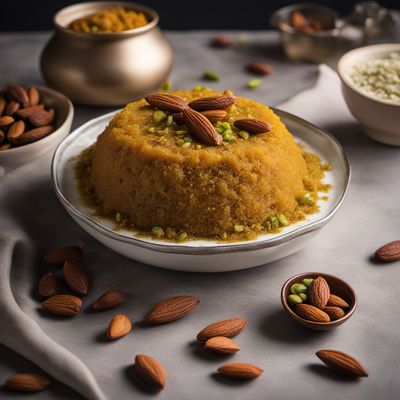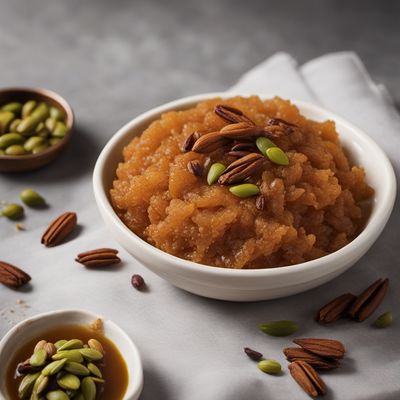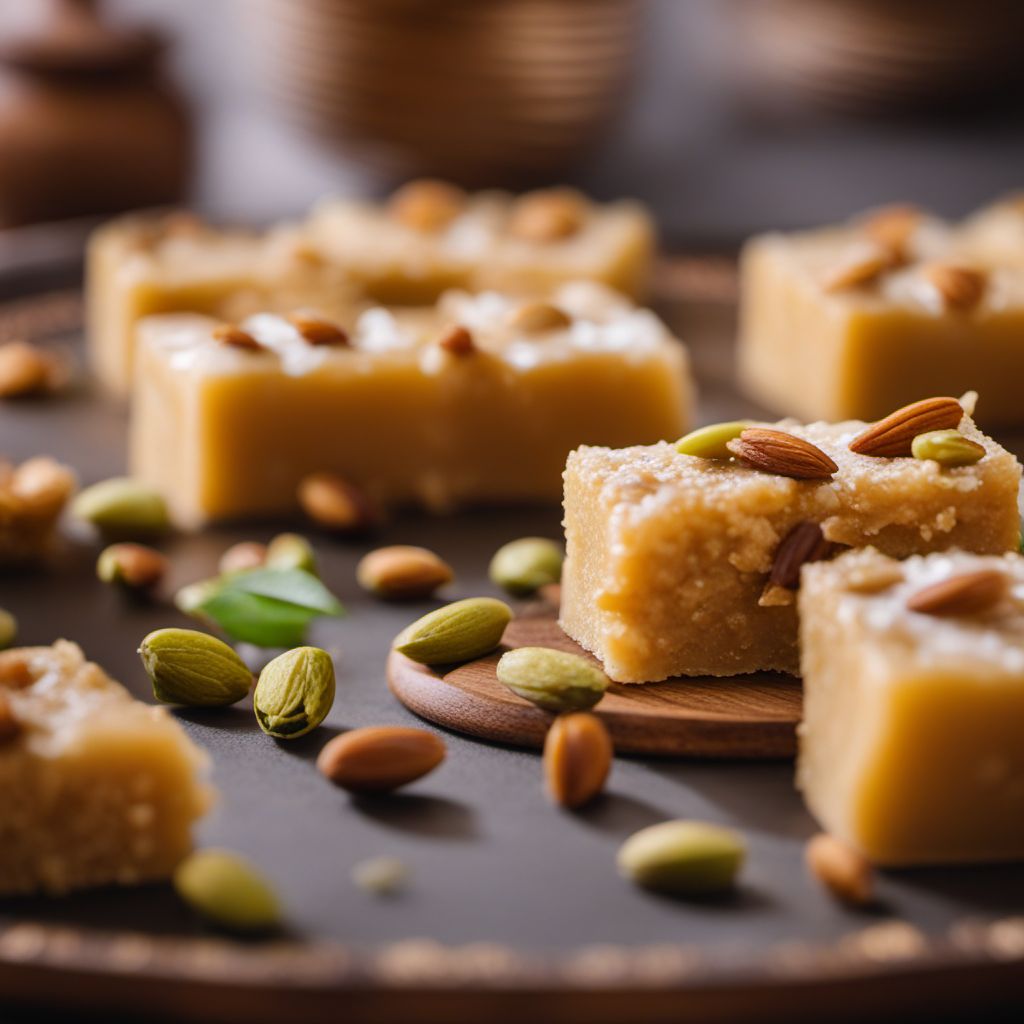
Dish
Habshi halwa
Habshi halwa is a sweet, nutty dessert with a sticky, chewy texture. It is typically served as a dessert and is often accompanied by tea or coffee. Habshi halwa is a good source of carbohydrates and energy. However, it is high in sugar and fat and may not be suitable for those on a low-sugar or low-fat diet. Habshi halwa has been a traditional Pakistani dessert for centuries and is believed to have originated in the Mughal era.
Origins and history
Habshi halwa is a traditional Pakistani dessert that has been enjoyed for centuries. It is believed to have originated in the Mughal era. Habshi halwa can be made with different types of nuts such as almonds, pistachios, or cashews. Some variations of Habshi halwa include adding saffron or rose water to the dish.
Dietary considerations
Habshi halwa contains semolina and milk, making it unsuitable for those with gluten intolerance or lactose intolerance. However, it can be made with lactose-free milk for those with lactose intolerance.
Variations
Some popular variations of Habshi halwa include adding saffron or rose water to the dish.
Presentation and garnishing
Habshi halwa is typically presented on a platter and can be garnished with nuts such as almonds or pistachios. To make Habshi halwa, it is important to use high-quality semolina and fresh milk. The dish should be cooked on low heat to prevent it from burning.
Tips & Tricks
Habshi halwa is a delicate dessert that requires patience and attention to detail. It is important to cook the dish on low heat to prevent it from burning. Additionally, using high-quality ingredients such as fresh milk and nuts can greatly enhance the flavor of the dish.
Side-dishes
Habshi halwa is typically served as a dessert and does not require any side dishes.
Drink pairings
Habshi halwa is typically served with tea or coffee.
Delicious Habshi halwa recipes
More dishes from this category... Browse all »

Aamras
Indian cuisine

Aasmi
Indian cuisine
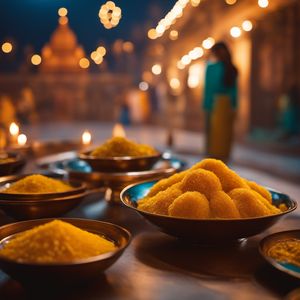
Agra petha
Indian cuisine

Aiyùbīng
Taiwanese cuisine

Ajdnek
Slovenian cuisine
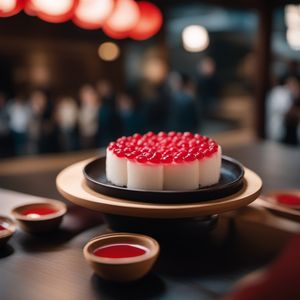
Akafuku
Japanese cuisine
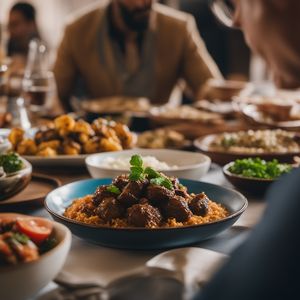
Akanés
Greek cuisine

Akumaki
Japanese cuisine
More cuisines from this region...
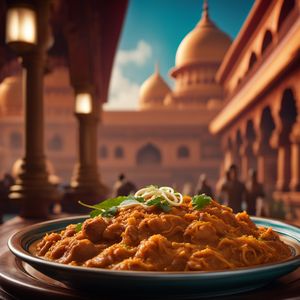
East Indian cuisine
Spicy and tangy flavors, Uses a lot of herbs and spices (mustard seeds, cumin, coriander), Uses a lot of fish and seafood which give it a unique flavor
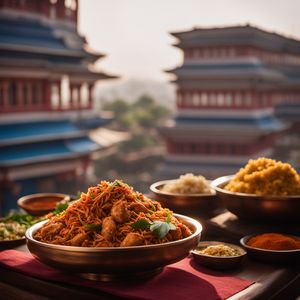
North East Indian cuisine
Spicy, Tangy, Flavorful, Unique
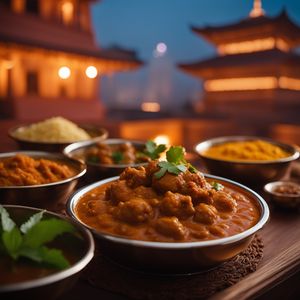
North Indian cuisine
Spicy, Tangy, Aromatic, Sweet, Uses a lot of oil and ghee
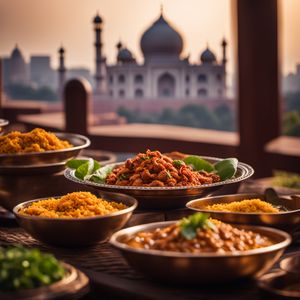
Other Indian cuisine
Spicy, Tangy, Sweet, Sour, Pungent

South Indian cuisine
Spicy, Tangy, Sweet, Savory, Aromatic
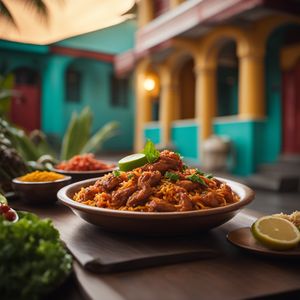
West Indian cuisine
Spicy, Bold, Tangy, Sweet, Savory
